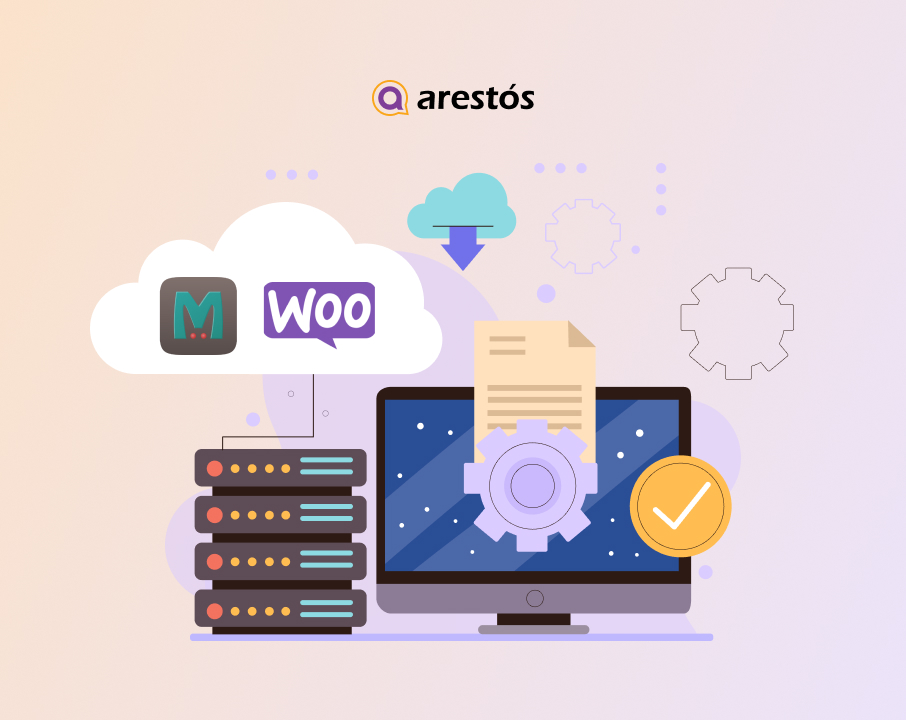Optimizing Memcached for Enhanced Performance in WooCommerce
In today's fast-paced e-commerce landscape, optimizing performance is crucial for WooCommerce websites. One effective way to improve performance is by leveraging Memcached, a powerful caching system.
In today’s fast-paced e-commerce landscape, optimizing performance is crucial for WooCommerce websites. One effective way to improve performance is by leveraging Memcached, a powerful caching system. In this blog post, we will explore the benefits of Memcached and provide practical tips for optimizing its usage in WooCommerce. By implementing these strategies, you can enhance the speed and responsiveness of your WooCommerce store, resulting in better user experiences and increased conversions.
Understanding Memcached:
Memcached is an open-source, high-performance, distributed caching system designed to alleviate database load and reduce latency. It works by storing frequently accessed data in memory, allowing subsequent requests to be served quickly. By caching database queries, API responses, and other computationally expensive operations, Memcached significantly improves the performance of web applications, including WooCommerce.
Assessing Performance Bottlenecks in WooCommerce:
Before diving into Memcached optimization, it’s important to identify the common performance bottlenecks in WooCommerce. These may include slow database queries, heavy server load, and slow API requests. By pinpointing these bottlenecks, you can better understand how Memcached can help alleviate them and enhance overall performance.
Configuring Memcached WooCommerce:
To utilize Memcached effectively, you need to configure it properly for your WooCommerce store. Start by ensuring that your hosting environment supports Memcached and that the necessary extensions are enabled. Then, follow step-by-step instructions to install and set up Memcached. Consider adjusting configuration options, such as memory allocation and cache expiration time, based on your specific needs and server resources.
Caching Strategies for WooCommerce:
Implementing an effective caching strategy is crucial for maximizing Memcached’s benefits in WooCommerce. Determine which components of your WooCommerce store can benefit from caching, such as product pages, category pages, and cart fragments. Configure Memcached to cache these components and set appropriate cache expiration times to balance freshness and performance.
Utilizing Memcached Extensions and Plugins:
To simplify the integration of Memcached with WooCommerce, several extensions and plugins are available. These tools provide seamless integration and additional features for optimizing Memcached usage. Explore popular Memcached extensions and plugins for WooCommerce and choose the one that best suits your needs. Follow installation and configuration instructions to leverage their benefits and enhance your store’s performance.
Monitoring and Fine-Tuning Memcached Performance:
Regularly monitoring Memcached performance is essential to ensure optimal results. Utilize monitoring tools to track key performance metrics, such as cache hit rate and memory usage. Analyze this data to identify potential bottlenecks or areas for improvement. Fine-tune Memcached settings based on these insights, such as adjusting memory allocation or increasing cache sizes, to further optimize performance.
Testing and Benchmarking Memcached Optimization:
After implementing Memcached optimization, it’s crucial to conduct performance tests and benchmarking to measure the impact of these optimizations. Use tools like load testing and performance profiling to simulate real-world scenarios and assess the performance improvements. Analyze the test results and compare them to the pre-optimization benchmarks. Based on these findings, make further optimizations if necessary.
Common Challenges and Troubleshooting Tips:
Despite the benefits, optimizing Memcached in WooCommerce may come with challenges. Address common issues such as cache invalidation, cache coherence, and cache consistency. Troubleshoot these challenges with practical tips and solutions, such as using cache tags, implementing cache clearing mechanisms, or adjusting cache strategies.
Conclusion:
Optimizing Memcached for enhanced performance in WooCommerce can significantly boost your online store’s speed, responsiveness, and overall user experience. By understanding Memcached, configuring it correctly, implementing effective caching strategies, and monitoring its performance, you can unlock the full potential of this powerful caching system. Embrace Memcached optimization in your WooCommerce store and enjoy the benefits of improved performance, increased customer satisfaction, and higher conversions.
Remember, consistently monitoring and fine-tuning your Memcached implementation is essential to adapt to evolving needs and ensure continued optimal performance in your WooCommerce store. Stay committed to providing a fast and seamless shopping experience for your customers by optimizing Memcached effectively.
Arestós is team of WooCommerce experts, is ready to address any inquiries you may have. Please feel free to contact us for assistance.



